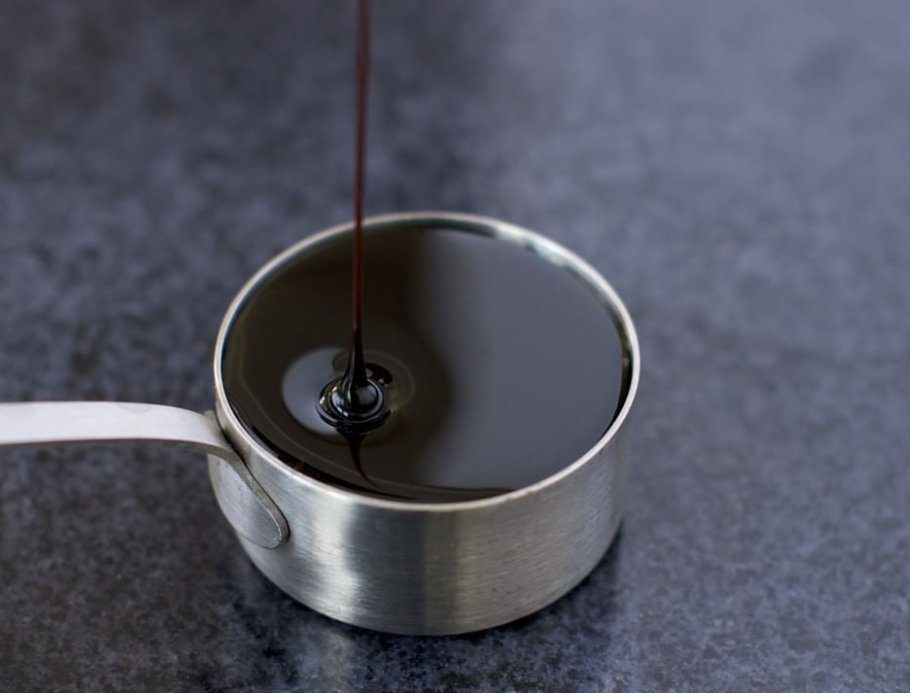Where Does Molasses Come From?
Molasses, the thick, dark brown syrup you might buy at the grocery store, is found naturally in sugar beet and sugar cane plants and is a co-product of sugar refining. During the refining process, it is separated from the sugar crystals by spinning the sugar in a centrifuge. The first spin produces light molasses, while later spins produce darker molasses. Learn more about the entire refining process of sugar here.
Molasses is not as sweet as sugar but is used in many recipes for its rich flavor. Sugar beet molasses and sugar cane molasses have different flavors and consistencies and are not used interchangeably. Sugar cane molasses is primarily used for sweetening and flavoring foods in the U.S. (and it’s what makes brown sugar brown!) while sugar beet molasses is not very sweet and is primarily used for animal feed and other commercial uses.
Molasses can be utilized in several industries, from baking and distilling to pharmaceuticals and animal feed, but sugar cane molasses is used in food-based applications while molasses derived from beets is reserved for other applications.
Sugar Cane Molasses
Sugar cane molasses is used to make brown sugar, for flavor in many baking and cooking recipes, and as the principal ingredient in the distillation of rum. Also, a few beer styles such as stouts and porters utilize molasses.
Baking/Cooking uses:
- In dark rye breads or other whole grain breads
- In American gingerbread cookies
- In barbecue sauces
- To aid the combination of ingredients in home-made vinaigrette
- To keep jerky moist in processing
Molasses comes in a variety of levels of sweetness, from the sweet and moderate flavor of confectionery/all-purpose molasses to the strong-flavored blackstrap molasses. The U.S. Department of Agriculture has established standards and grades for the different varieties of molasses
Sugar Beet Molasses
Sugar beet molasses is primarily used as an ingredient in animal feed. The non-sugar content of sugar beet molasses includes many salts and make it unpalatable to humans, making it great for feedstock.
Other uses:
- Mixing with salt to de-ice roads
- Adding to soil to promote microbial activity
- Minor component of mortar for brickwork
- Ethanol production




Get Social with #MoreToSugar